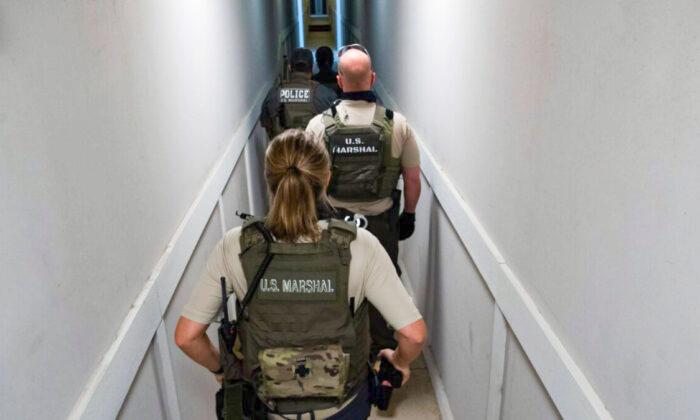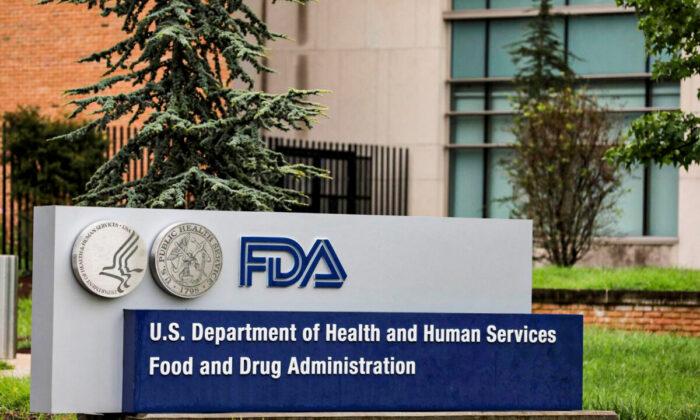A subvariant of the Omicron strain of the novel coronavirus, BA.2, now accounts for just over a third of daily reported COVID-19 cases in the United States, according to government data released on Tuesday.
As overall infections continue to decline from January’s record highs, the subvariant is gaining ground across the country, data from the Centers for Disease Control and Prevention (CDC) show.
Omicron BA.2 accounted for 34.9 percent of U.S. infections for the week ending March 19, the CDC said. That compares with 22.3 percent for the week ending March 12, which was revised down from 23.1 percent, according to a CDC model that estimates proportions of circulating variants.
In the Northeast, including New Jersey, New York, and Massachusetts, Omicron BA.2 now makes up more than half the cases.
The CDC and the World Health Organization (WHO) have classified the subvariant as a “variant of concern.” The WHO says it is more transmissible than the Omicron BA.1 variant that caused the winter surge.
Despite the rise of the subvariant also seen in other countries, U.S. health experts say a major wave of new infections in the United States appears unlikely.
Daniel Kuritzkes, chief of division of infectious diseases at Boston’s Brigham and Women’s Hospital, said there was no evidence yet that the rise of BA.2 is pointing to an increase in cases.
“I think the one concern and where people need to remain vigilant is that as we have relaxed many restrictions around masking and gathering, there is a potential opportunity for BA.2 or any variant to gain a foothold,” Kuritzkes said.
Most of the country is considered to be in low COVID-19 transmission, according to new CDC guidelines introduced last month that emphasized hospital capacity over case counts. And most people ware advised they no longer need to wear masks indoors.
“In terms of early studies, we have not seen any studies that suggest it’s more severe, nor have we seen studies that suggests that it will evade our vaccines any more so than Omicron has already—and, in fact, that our vaccines will work just like it has with Omicron,” CDC Director Dr. Rochelle Walensky said last month during a White House COVID-19 response team briefing.
The WHO has said it will continue to monitor the subvariant closely. It has been reported across all 50 U.S. states and in more than 80 countries.





